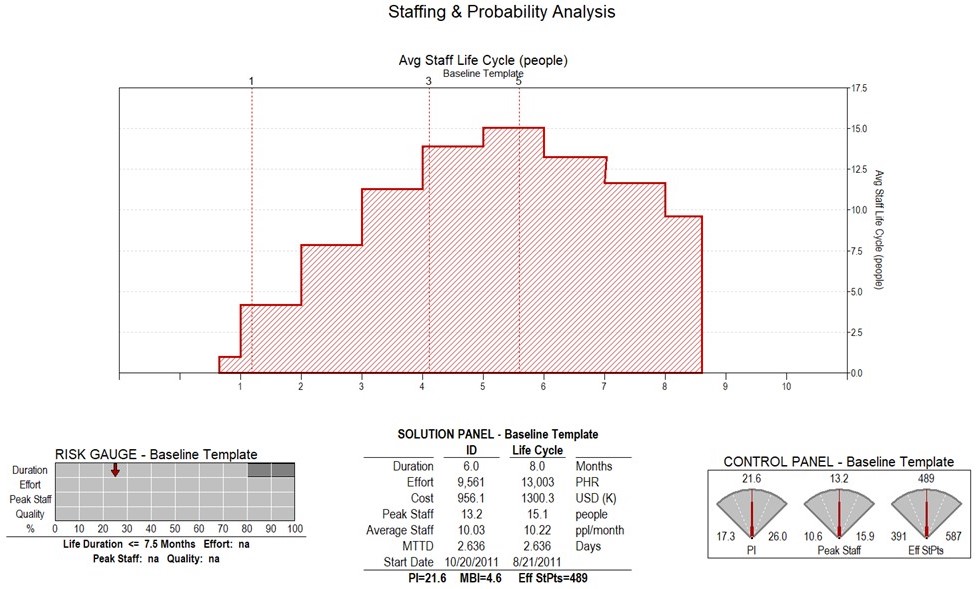New Article - Why Software Estimation Is More Important Now Than Ever
In a world trending away from traditional waterfall and toward agile development methodologies, it would be understandable to assume that there is no longer a need for software project estimation. Many agile practitioners feel there’s no value in estimation, since they are already working with smaller increments and sprints and grooming their backlogs.
However, that assumption would be wrong.
In a recent interview, Ken Schwaber and Jeff Sutherland, the founders of Scrum, were asked about the #NoEstimate movement. Schwaber believes a more appropriate term may be #NoMeaningfulCommitments. He feels that people often confuse estimation with commitments and that, in fact, estimates should be used in making commitments. Sutherland mentioned a recent Rally (now CA) survey that asked members of 70,000 scrum teams about the estimation techniques they used and then correlated those techniques with speed of delivery. They found that those that eschewed estimates altogether yielded some of the slowest delivery times, while those that employed scope-based estimation delivered the fastest results.
Larry Putnam, Jr.'s latest article for InfoQ explains why estimation is still a very valuable practice, even in organizations that are dependent upon agile development methodologies. He outlines several best practices that stakeholders can use to get their software estimation processes back on track toward adding value to their organizations. Software estimation does not have to be difficult, onerous, or ineffective. Done right, it can be a highly effective tool that can help project managers provide value to their organizations.





